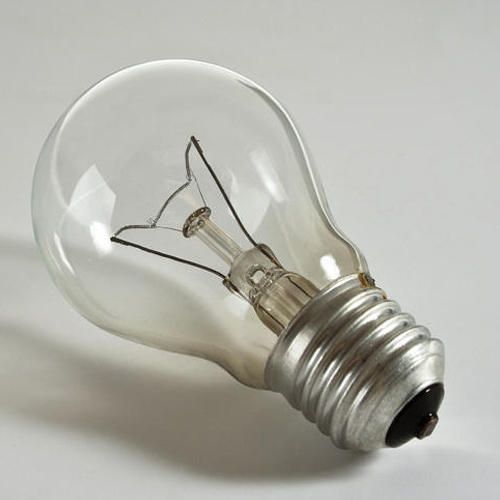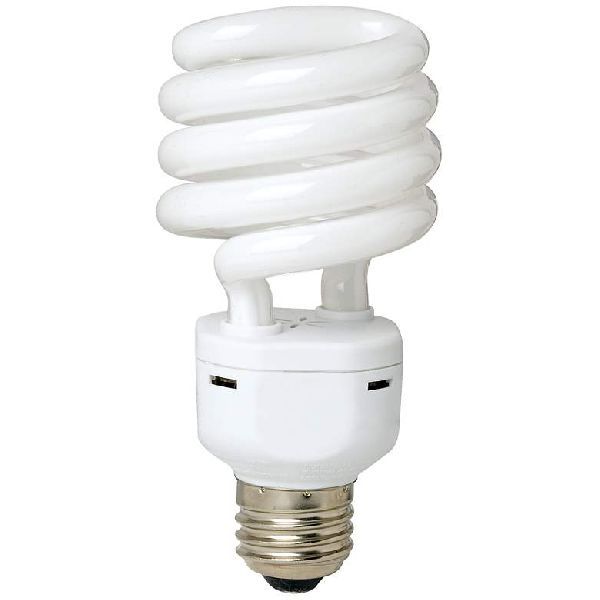How To Dispose of Light Bulbs - Complete Guide To Recycling & Safe Removal
If you want to be more energy-efficient and eco-friendly in your day-to-day life, the light bulbs in your home or office space can be an often ignored, but incredibly important aspect to consider. With the advancement of technology, light bulbs have evolved as well. Energy efficiency is a key factor in choosing the right light bulb for your home or office space because the right choice can save tons of energy (and energy bills!) in the long run.
There are other factors to look at when changing or removing light bulbs, and the most important one is disposal. Much like batteries, different kinds of light bulbs can contain either toxic chemicals or have special guidelines associated with proper disposal. It is important to understand the kind of bulb you are dealing with to ensure no harm is caused to yourself or your surroundings.
One of the things to watch for when disposing of light bulbs is the presence of mercury and other toxic chemicals that they might contain. Bulbs that contain mercury can break if they end up in a landfill. When this happens, the mercury gets released into the soil and pollutes our environment. In fact, some states in the US have banned the dumping of mercury-containing bulbs in landfills.
Disposal Of Non-Mercury Lights Bulbs
Non-mercury light bulbs include old-school incandescents, LEDs and halogen bulbs.
Disposal of Incandescent Bulbs
The most commonly found light bulbs are these old-school incandescent ones. Typically, they cannot be recycled. This is because the fine wires inside the glass casing of the bulb are extremely finely intertwined and the cost of separation cannot be justified by big recycling centers. Disposing of these is relatively straightforward as you have no choice but to throw them out along with standard trash.
It can be good practice to wrap these bulbs in some form of covering or wrap so that if the bulb is damaged or broken it does not cut through your garbage bags.

A good way to repurpose light bulbs is to upcycle them into decorative pieces so that you can save them from ending up in landfills. Some fun ideas for upcycling are:
- You can hollow the bulbs out and use them to create a miniature garden or terrarium
- Paint the bulbs in bright neon colors and use them as hanging ornaments for Christmas and other festivals
- Use the bulbs as hanging flower vases
Disposal of Halogen Bulbs
Halogen bulbs have a similar history to incandescent lamps but are a slightly more evolved version. They are filled with halogen which increases both efficiency and output as compared with incandescent lights.
The disposal of halogen bulbs also runs into similar issues as old-school incandescent bulbs. They cannot be recycled because much like incandescents, they contain fine wires that can be hard to separate and recycle. This means that they also have to be discarded as regular household waste. Best practices should be to wrap them in a film or paper so that they don't break in the trash.
Disposal of LEDs (Light Emitting Diodes)
LEDs or light-emitting diodes are a great energy-efficient choice. They are at least 75% more efficient than incandescents. They also last 25 times longer and require virtually no maintenance.
Since LEDs are majorly made up of glass and metal, it is possible to recycle them. Some department stores such as IKEA and Home Depot often have used LED collection services. Earth 911 has a great search option that you can use to find recycling centers near you. Though this should not be your first option, LED lights are also safe to dispose of as household waste.
LEDs have become the light of choice in energy-efficient homes because of their superiority across the board. Unlike halogen and incandescent bulbs, they do not contain fine wires and can be easily recycled. They also do not contain or release harmful chemicals and are therefore the easiest variety of bulbs to dispose of.
Disposal Of Mercury-Containing Light Bulbs
When compared to traditional light bulbs, mercury-containing light bulbs such as CFL are far more energy-efficient. They consume about a quarter of the electricity consumption of incandescents. Less energy consumption means less energy generation. However, what makes CFLs efficient is the mercury inside them. Although the amount of mercury is quite small, around 3mg, this value can slowly add up. If these bulbs end in landfills, they can seriously negatively impact the environment.
The flipside of the argument is that while CFLs and other mercury-containing light bulbs can harm the environment by releasing toxins, they are far more energy-efficient. When power plants produce electricity by burning coal, mercury is released into the environment. So even though incandescents might not contain mercury, they indirectly lead to more mercury pollution than mercury-containing bulbs.
If you need to dispose of mercury-containing bulbs, it is good to ensure that you follow proper procedures and government guidelines to minimize the release of mercury into the atmosphere.
How To Dispose of CFLs
CFLs are extremely energy efficient and have a life span of up to 20,000 hours. The best way to get rid of CFLs and other fluorescent bulbs is to recycle them. Don't dispose of CFLs by throwing them with your household waste as that could cause the bulb to break and result in mercury leakage.
If there is ever a CFL breakage in your home, you can follow these detailed guidelines by the United States Environment Protection Agency to ensure that you and your loved ones are not exposed to mercury.

You should recycle CFLs for several reasons:
- By recycling, you will prevent the release of mercury into the environment. Although the amount of mercury contained in a single light bulb is extremely small, this can really add up over time. Moreover, at a proper recycling facility, the mercury and other usable components within the CFLs are recovered for reuse before further processing.
- Since the components can be recovered instead of being thrown away, you can help save a lot of resources and prevent the creation of new components. This contributes to the development of a truly circular economy.
Getting Rid Of Fluorescent Tube Lighting
Fluorescent tubes are another mercury-containing bulb type, and should not be dumped into the trash with regular household trash. Much like CFLs, they also contain mercury which should not end up in landfills. The best way to get rid of Fluorescent tubes is by taking them to a proper recycling facility where they can be taken apart and the mercury can be safely removed. This also ensures that parts of these bulbs that are still valuable such as glass and metal can be reused to reduce the burden on new resources.
Where Can I Recycle My Used Light Bulbs?
Aside from local drop-off points and collection sites in your neighborhood, there are plenty of online directories that can help you find a recycling center near you that specifically handles light bulbs.
- Earth 911: Earth 911 is North America's biggest database of over 100,000 recycling facilities for all kinds of materials.
- Recycle Now: Recycle Now is a database of recycling centers in England. You can filter by material and location to find something near you that accepts whatever it is that you are trying to get rid of.
- Recycle Nation: Recycle Nation has been operating since 2007 and has a giant database of recycling points all across the United States. They even have an app!
- Recycle More: Recycle More is a UK-centric recycling bank search tool and has an extensive database for all your recycling needs.
- Planet Ark's Recycle Near You: Based in Australia, with this search tool you can find drop-off locations for all kinds of recyclable goods such as batteries, bulbs and furniture.
- TerraCycle: TerraCycle is a Worldwide recycling initiative and is active in 20 countries. They partner with individual collectors, FMCG companies, retailers, manufacturers and the government to operate collection and pickup services for all kinds of recyclable materials.
These directories should help you find a pickup point near you. By choosing to recycle mercury-containing bulbs, you can not only contribute to a fully circular economy but also prevent mercury and other harmful toxins from entering the environment.
